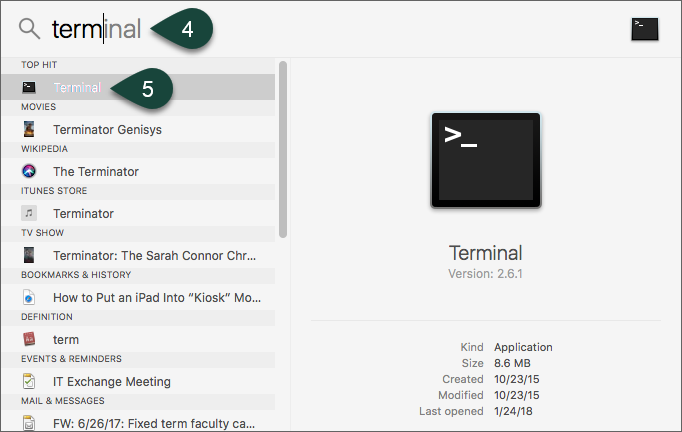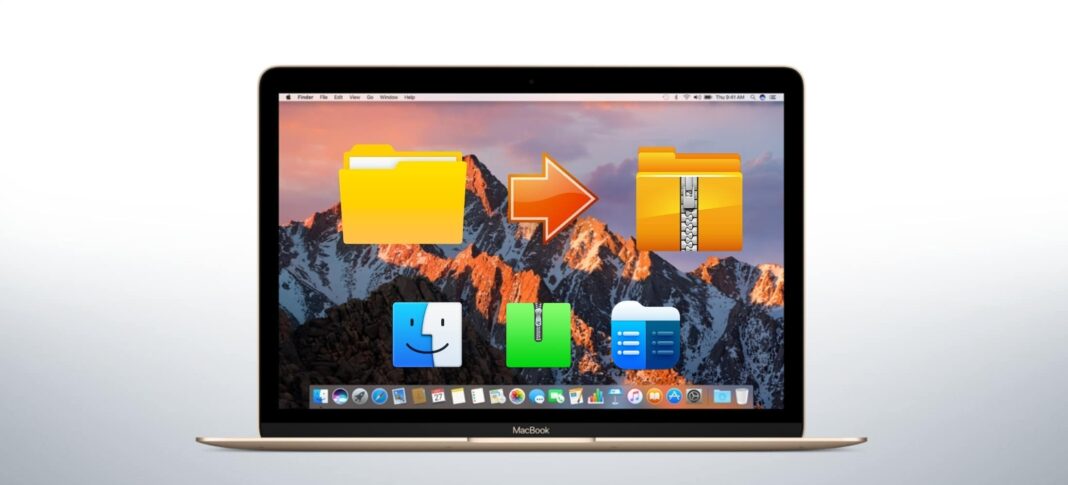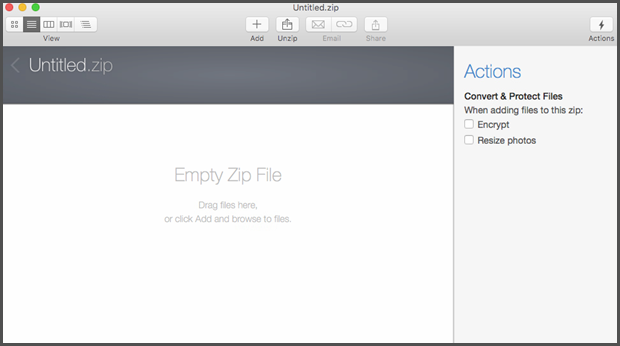

When you press directly, the compressed file will appear directly to ZIP and to decompress it in this case we cannot perform the action in reverse from the same menu, this time You will have to press first on «Quick view» and then on the unzip option. directly from the desktop, folder or similar.įor this, what we have to do is press the right button on top of this and directly click on the compress option. A window may appear indicating that your Mac is. After you’ve selected the files and folders, right click on them, and then select Compress. You can select multiple files and folders by holding down the Shift key (for multiple items) or the Command key (for several individual items) and clicking. In this case we can compress any file, image, document, file, folder, etc. Locate the file or folder you want to compress. This is the option that I use personally but as we say there are more options. Then you can add a period to indicate which directory, folder or similar you want to choose or you can even use an asterisk to choose all the files you want to compress. With these two commands you can do a ZIP compression easily from Terminal.
#How to zip file on a mac mac os
The command line method generally works the majority of the time to fix the issue and unzip a cpgz file on Mac OS Sierra. zip file into the terminal window and hit enter. To compress a file directly from Terminal, just type zip -r filename.zip directory and to extract it you can use unzip filename.zip and ready. At the command line type unzip followed by a space. Obviously we can perform this action and many others with Terminal and without, but when you have hidden files or directories this option can be really interesting for it.


One of the options that we have available for a long time in macOS is compress files and folders in ZIP from Terminal, Today we will see how simple and effective this action can be, which can be performed from any computer with macOS installed.


 0 kommentar(er)
0 kommentar(er)
